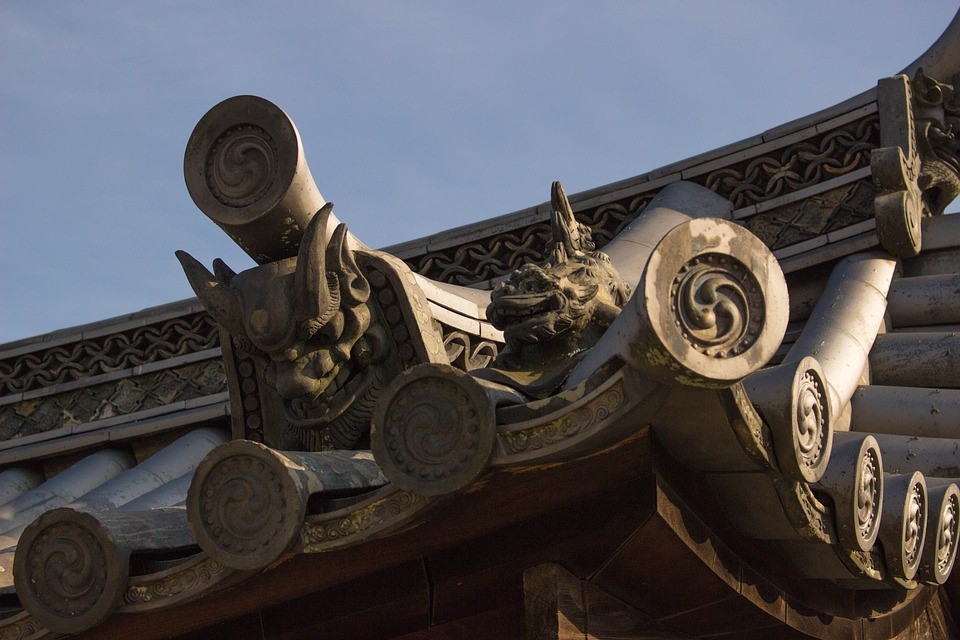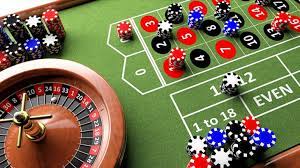Japan is a country rich in culture and tradition. Hailing from its lands is this past century’s most celebrated artists and innovators of our time. From different fields of their profession, they have been able to revitalise and set the ground for their craft to speak for themselves, proving that reinvention continues from generation to generation so long as artists are willing to challenge the norm. Every decade forms its own set of talented artisans and gives them the chance to make a mark in Japan’s long history of celebrated artists.
Katsushika Hokusai
A master of using ukiyo-e (woodblock printing), Katsushika Hokusai has received international renown for his signature pieces being the primary examples of Japanese art in various forms of modern media. The Great Wave of Kanagawa is his most iconic piece which is recognisable by art aficionados and fans of Japanese culture. The iconic waves and his Thirty-six Views of Mount Fuji are two of the most widely-celebrated fragments of Japanese culture that are known by all.
Not one to take his age as a hindrance to creating art, Hokusai’s most significant pieces were made when he was nearing 60. His masterful depictions of nature and the seasons went on to be an inspiration to various western artists including Monet and even Van Gogh.
Itchiku Kubota
Itchiku Kubota deals with a unique art form. Using kimonos as his canvas, he can weave mesmerising pieces of art ranging from individual painting pieces to multiple spreads of kimonos to showcase a vast landscape of a serene natural scene.
By using the traditional art form of tsujigahana, he was able to revitalise the technique by figuring out its intricacies, as the traditional art form was so old that it no longer had documented instructions for recreating the dated pieces. His research allowed him to use modern designs and colour palettes to create his paintings through a mix of brush painting, embroidery, and the use of contemporary silk fabric. His first exhibit, in Tokyo in 1977, would prove to be a hit and would send his works all throughout Japan and even across the western seas.
After his passing in 2003, his exhibits were collated by the Patokh Chodiev Foundation which allows the pieces previously housed as part of the 104-piece exhibit in the Itchiku Kubota Museum to be viewed by artisans and art aficionados worldwide.
Sesshu Toyo
A pioneer of ink wash painting in the late 1400s, Sesshu Toyo is known not just in Japan but also in China. The influences of both cultures such as the Chinese Song Dynasty painting made him integrate both cultures’ styles into one. Improving the art of sumi-e (ink wash painting) by creating a starker contrast between light and dark palettes and thicker brush strokes to invoke a flat space in pieces, Sesshu is considered as the most celebrated painter that Japan has brought to this world. His famous works include the Sansui Chokan (long Scroll of Landscapes), Landscapes of Four Seasons, and the Portrait of Masuda Kanetaka.







 We are all about travel and lifestyle over here at Pacific Voyagers. I’m Jen and this is my blog, although you will see a lot of posts written by my blogging dream team on topics like travel, life, beauty, home, budgeting and much more.
We are all about travel and lifestyle over here at Pacific Voyagers. I’m Jen and this is my blog, although you will see a lot of posts written by my blogging dream team on topics like travel, life, beauty, home, budgeting and much more.




